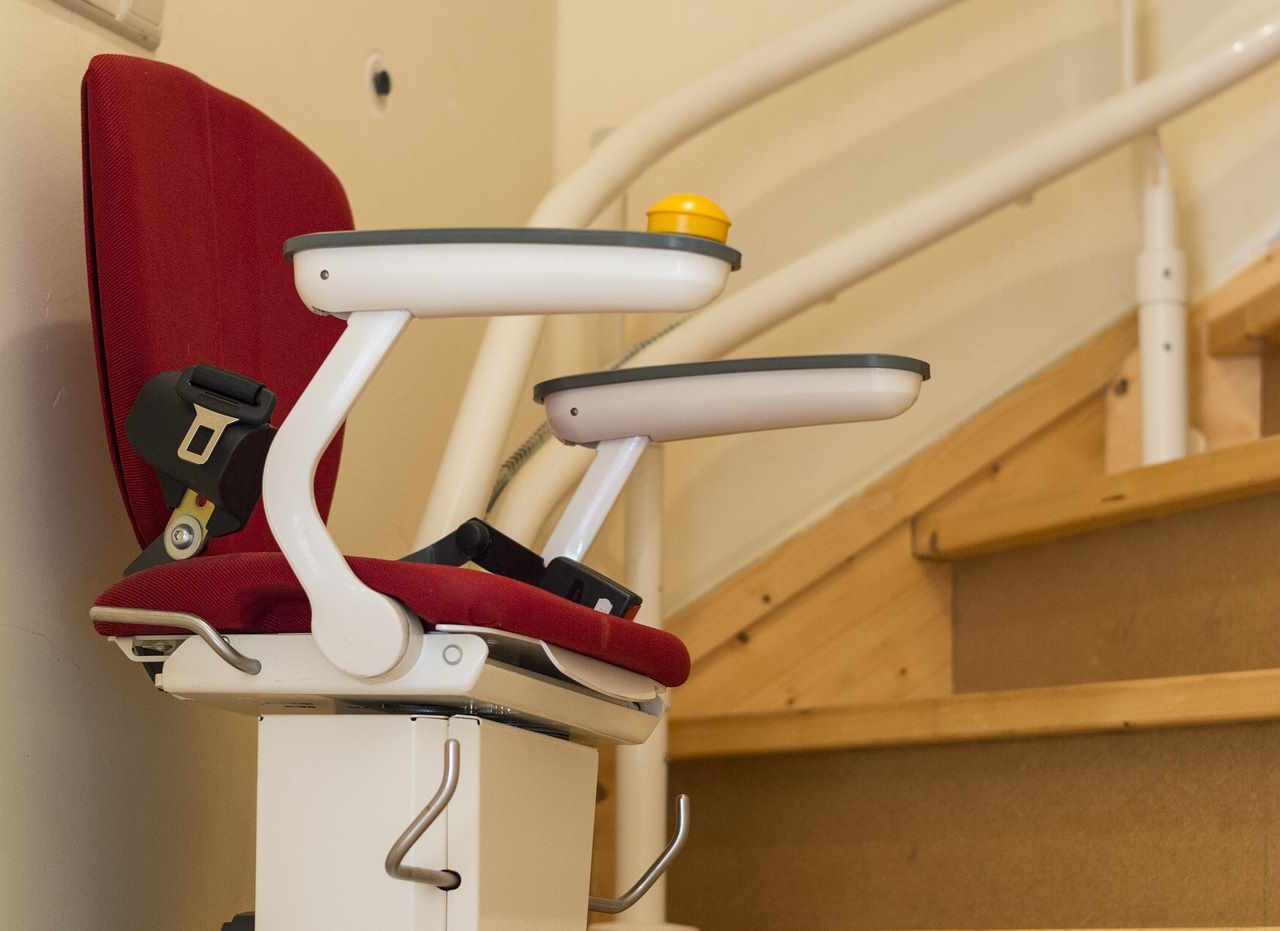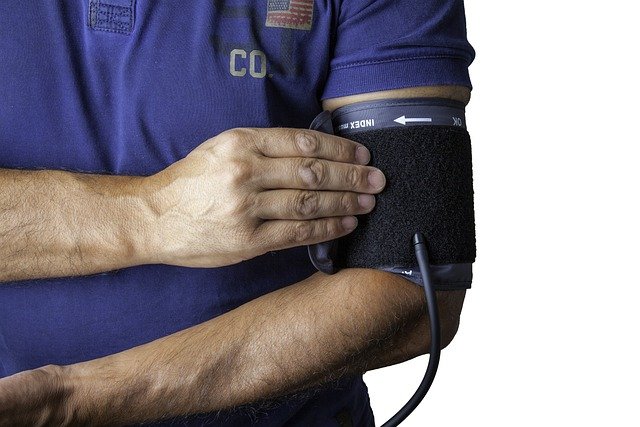Mobile Stairlifts: A Comprehensive Guide to Options, Installation, and Safety
Mobility challenges shouldn't limit access to different levels of your home. Mobile stairlifts offer a versatile solution for those who need assistance navigating stairs but prefer a non-permanent option. Unlike traditional fixed stairlifts, mobile versions provide flexibility and can be transported between locations, making them ideal for temporary needs or homes with multiple staircases. This comprehensive guide explores everything you need to know about mobile stairlifts, from installation requirements to safety considerations.

Mobile Stairlifts: Installation Guide & Options
Mobile stairlifts differ from traditional models in that they typically don’t require permanent installation or modifications to your staircase. Most portable models feature a transport chair attached to a motorized unit that climbs the stairs when operated by a caregiver. The installation process generally involves:
-
Delivery and assembly - Most mobile stairlifts require minimal assembly upon delivery, with primary components including the motorized base, seat unit, and control system.
-
Battery charging - Before first use, the unit’s batteries need full charging, which typically takes 8-12 hours.
-
Operational testing - A technician or family member should test the unit on the intended staircase to ensure proper function and clearance.
-
User training - Both the user and caregiver need proper instruction on safe operation, emergency procedures, and basic maintenance.
The most common types of mobile stairlifts include tracked climbers (which use tracks to navigate stairs) and trackless climbers (which use specialized wheels to climb individual steps). Some models can accommodate both straight and curved staircases, offering greater versatility than fixed installations.
Benefits of Reconditioned Stair Lifts
Reconditioned mobile stairlifts represent a cost-effective alternative to purchasing new equipment while still providing reliable mobility assistance. These refurbished units typically offer:
-
Significant cost savings - Reconditioned units generally cost 30-50% less than brand new models, making mobility solutions accessible to more people.
-
Environmental benefits - Choosing reconditioned equipment reduces waste and extends the useful life of existing resources.
-
Quality assurance - Reputable suppliers thoroughly inspect, clean, and replace worn components before certifying a unit for resale.
-
Warranty protection - Many reconditioned stairlifts come with warranties ranging from 6 months to 2 years, providing peace of mind regarding reliability.
When considering a reconditioned mobile stairlift, inspect the unit’s service history, battery condition, and overall wear. The batteries in reconditioned units should be either new or have substantial remaining capacity, as replacement batteries can represent a significant additional expense.
Standing Stair Lifts for Different Users
Standing stair lifts accommodate individuals who have difficulty bending at the hip or knee joints or prefer not to sit while being transported. These specialized mobile units feature:
-
Perch seats or standing platforms - These provide support while maintaining an upright or semi-seated position.
-
Supportive harnesses or bars - Safety features ensure stability during transit up and down stairs.
-
Adjustable height settings - Customization options accommodate users of different heights.
-
Higher weight capacities - Many standing models are engineered to support heavier loads.
Standing stairlifts particularly benefit users with specific medical conditions like arthritis in the hips or knees, those recovering from certain surgeries, or individuals with conditions that make sitting uncomfortable. However, they typically require a caregiver to operate the controls, as the user must maintain balance while standing on the platform during movement.
Stair Lift Options with Local Service Support
The availability of prompt, reliable local service support represents a crucial factor when selecting a mobile stairlift. Consider these aspects when evaluating service options:
-
Response timeframes - Look for providers offering same-day or next-day support for urgent issues.
-
Maintenance agreements - Regular servicing extends equipment life and prevents breakdowns.
-
Technical support availability - Some providers offer remote diagnostics and phone support for minor issues.
-
Loaner equipment - Ask whether temporary replacement units are available during extended repairs.
Local service networks particularly benefit mobile stairlift users because these units require periodic maintenance and battery care. When researching options, prioritize providers with established presence in your region rather than those operating exclusively through national call centers.
| Provider Type | Typical Services Offered | Key Benefits |
|---|---|---|
| Manufacturer Direct | Installation, repairs, parts | Original equipment expertise |
| Authorized Dealers | Sales, service, rental options | Local knowledge, faster response |
| Medical Equipment Specialists | Multi-brand servicing, assessment | Broader product knowledge |
| Home Health Agencies | Coordination with healthcare | Integration with care plans |
Safety Considerations for Mobile Stairlifts
Safety must remain the primary consideration when selecting and using mobile stairlifts. Key safety features and practices include:
-
Emergency stop functions - All quality mobile stairlifts include prominent, easily accessible emergency stop buttons.
-
Obstacle detection - Advanced models incorporate sensors that detect objects in the path and automatically stop.
-
Battery indicators - Clear displays show remaining power to prevent unexpected stoppages mid-journey.
-
Speed governors - These mechanisms maintain consistent, safe movement speeds regardless of user weight.
-
Non-slip surfaces - Textured footrests and seats prevent sliding during transit.
-
Weight capacity adherence - Never exceed the manufacturer’s specified weight limit, which typically ranges from 120kg to 160kg for mobile units.
Regular maintenance checks are essential for safety, including examining wheels/tracks for wear, testing all control functions, and ensuring batteries hold sufficient charge. Additionally, assess the staircase environment for potential hazards like loose carpeting or inadequate lighting that might compromise safe operation.
Mobile stairlifts offer valuable independence for those facing mobility challenges, whether temporary or permanent. By carefully considering installation requirements, reconditioning options, standing versus sitting configurations, local service support, and comprehensive safety features, you can select the most appropriate solution for your specific needs and home environment.




